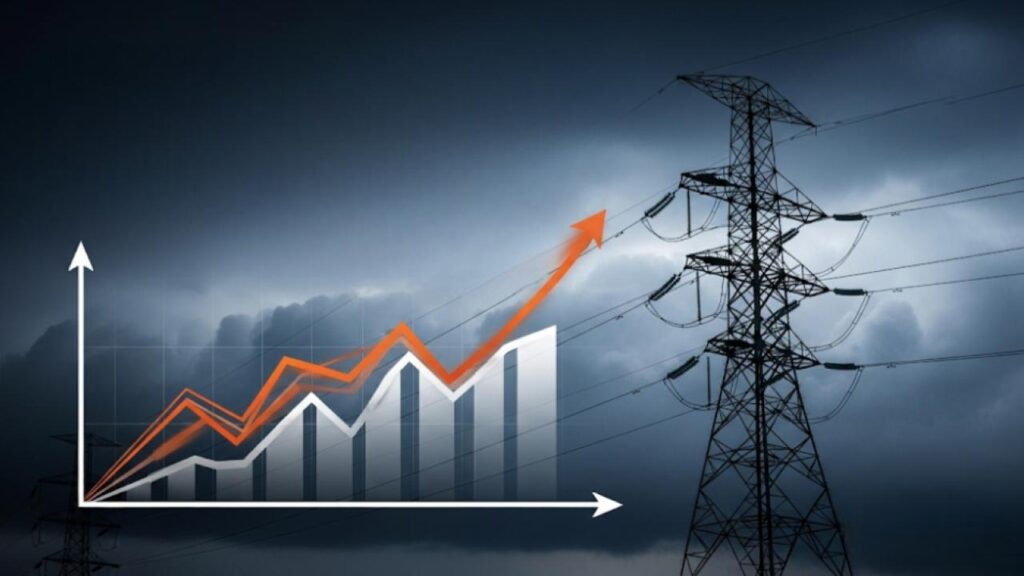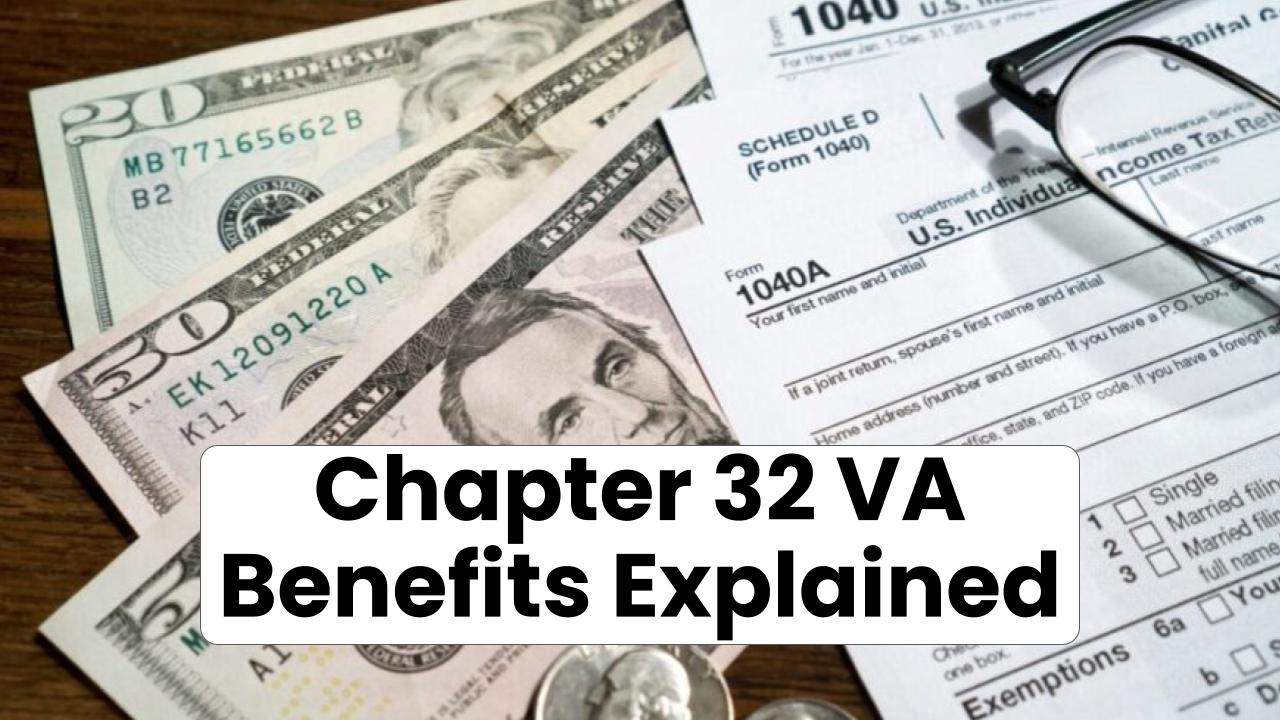In July 2025, South Africa will face significant hikes in electricity tariffs, a move that will impact millions of households and businesses. The energy crisis in the country has forced Eskom, South Africa’s state-owned power utility, to adjust its pricing structure to recover costs and ensure the sustainability of the power grid. With Eskom implementing changes to its electricity tariffs, it’s crucial for every South African to understand what this means for their monthly bills.

Electricity Tariff Hikes Set for July 2025
| Key Point | Details |
|---|---|
| New Tariff Structure | Significant hikes of up to 12.74% for direct customers, 11.32% for municipalities |
| Tariff Changes | Abolition of Inclining Block Tariffs (IBTs), introduction of flat rates |
| Financial Impact | Residential fixed charges will rise by up to 88% |
| Time-of-Use Adjustments | Reworked peak and off-peak periods, including Sunday evening changes |
| Advice | Energy-saving tips and registering for Free Basic Electricity (FBE) |
The electricity tariff hikes set for July 2025 are a necessary but unwelcome development for South African households and businesses. By understanding the changes to Eskom’s tariff structure, households can better prepare and adjust their energy usage habits to minimize the impact. Whether it’s by switching to energy-efficient appliances or adjusting to the new time-of-use periods, there are steps you can take to save on electricity costs.
If you qualify for Free Basic Electricity, it’s crucial to apply as soon as possible to reduce your financial burden. By staying informed and proactive, South Africans can manage these increases and continue to enjoy reliable electricity without breaking the bank.
Contextual Information: Why the Hike?
In recent years, South Africa has faced a challenging economic situation, exacerbated by Eskom’s financial struggles. The country has long dealt with frequent power outages, known as “load shedding,” which occur due to a combination of aging infrastructure, maintenance issues, and a lack of sufficient power generation capacity. The escalating cost of fuel and inflationary pressures on Eskom’s operational costs have added to the problem.
As a result, Eskom has asked for increased tariffs to generate revenue and pay off its mounting debts. The National Energy Regulator of South Africa (NERSA) approved a 12.74% hike for Eskom’s direct customers and an 11.32% increase for municipalities from July 2025. Eskom had initially requested a 36% increase, but NERSA approved a more moderate adjustment.
While these hikes may seem steep, they are necessary for Eskom’s survival. The utility needs more money to improve its aging infrastructure and to sustain operations during a period of energy instability.
A Closer Look at the Changes
Let’s break down the key changes to the tariff structure and how they will affect you.
1. The End of Inclining Block Tariffs (IBTs)
If you’ve ever noticed your electricity bill skyrocket when you used more power, you’ve encountered Eskom’s Inclining Block Tariffs (IBTs). This structure meant that customers who used more electricity paid higher rates per unit. The logic was that it encouraged people to save energy by penalizing high usage. But in July 2025, Eskom will abolish IBTs and move to a flat-rate system.
What does this mean for you?
For high-consumption households, this could be a win. The flat rate will help you avoid the escalating charges associated with high consumption, resulting in potential savings if your usage is consistently high. On the flip side, low-consumption households may see a slight increase, as the flat rate system won’t reward minimal users with lower rates.
2. Significant Increase in Fixed Charges
In addition to the change in the tariff structure, Eskom will introduce higher fixed charges for residential customers, particularly those on the HomePower and HomeFlex plans. These charges could increase by up to 88%, hitting the budgets of low-consumption households the hardest.
How does this affect your bill?
If you are using less electricity, you might not see a massive jump in the per-unit cost, but the fixed charge will make up a larger portion of your overall bill. In the long run, this will make it harder to save on your monthly electricity costs unless you significantly reduce your consumption.
3. Time-of-Use Tariff Changes
For those who have opted into Time-of-Use (TOU) tariffs, where the price of electricity changes depending on the time of day, there are going to be adjustments. Peak periods—times when electricity demand is the highest—will be extended, and off-peak periods will be adjusted.
Why does this matter?
If you work from home or spend a lot of time at home during off-peak hours, you may benefit from the adjustment. The goal is to spread out electricity demand more evenly and reduce strain on the grid.
Pro tip: Make sure to adjust your habits to align with the new peak and off-peak times. This will help you avoid the high costs associated with peak periods.
How Will These Changes Impact Households?
The impact of these tariff hikes will vary depending on your electricity usage and the steps you take to manage your consumption.
Energy-Saving Tips for Households
- Switch to LED lighting: LED bulbs consume significantly less electricity compared to traditional incandescent bulbs.
- Unplug electronics: Appliances and electronics draw power even when turned off. Unplug them when not in use.
- Use energy-efficient appliances: Investing in energy-efficient appliances can reduce your power consumption in the long term. Look for products with the Energy Star label.
- Install solar panels: If possible, consider installing solar panels to reduce your reliance on Eskom’s power grid.
- Opt for energy-saving devices: Devices like smart thermostats can help regulate your heating and cooling, saving you money on your energy bill.
Free Basic Electricity (FBE)
For those who struggle to pay their electricity bills, Eskom offers the Free Basic Electricity (FBE) program. This program provides qualifying households with a monthly allowance of free electricity. If you meet the criteria, it’s a good idea to apply.
FAQs
1. Why is Eskom raising electricity prices in 2025?
Eskom is facing financial difficulties due to rising operational costs, including fuel costs and aging infrastructure. The tariff hikes are necessary to maintain power supply and pay off Eskom’s debts.
2. How much will my electricity bill increase in July 2025?
The tariff hikes will lead to an increase of 12.74% for Eskom’s direct customers and 11.32% for municipalities. The impact on your bill will depend on your consumption habits and the type of tariff plan you’re on.
3. What is the best way to reduce my electricity bill?
To lower your electricity bill, consider switching to energy-efficient appliances, installing solar panels, and adjusting your time-of-use habits to take advantage of lower off-peak rates.
4. How can I apply for Free Basic Electricity (FBE)?
If you meet the eligibility criteria, you can apply for FBE at your local municipality. Check Eskom’s official website for detailed information on the application process.








